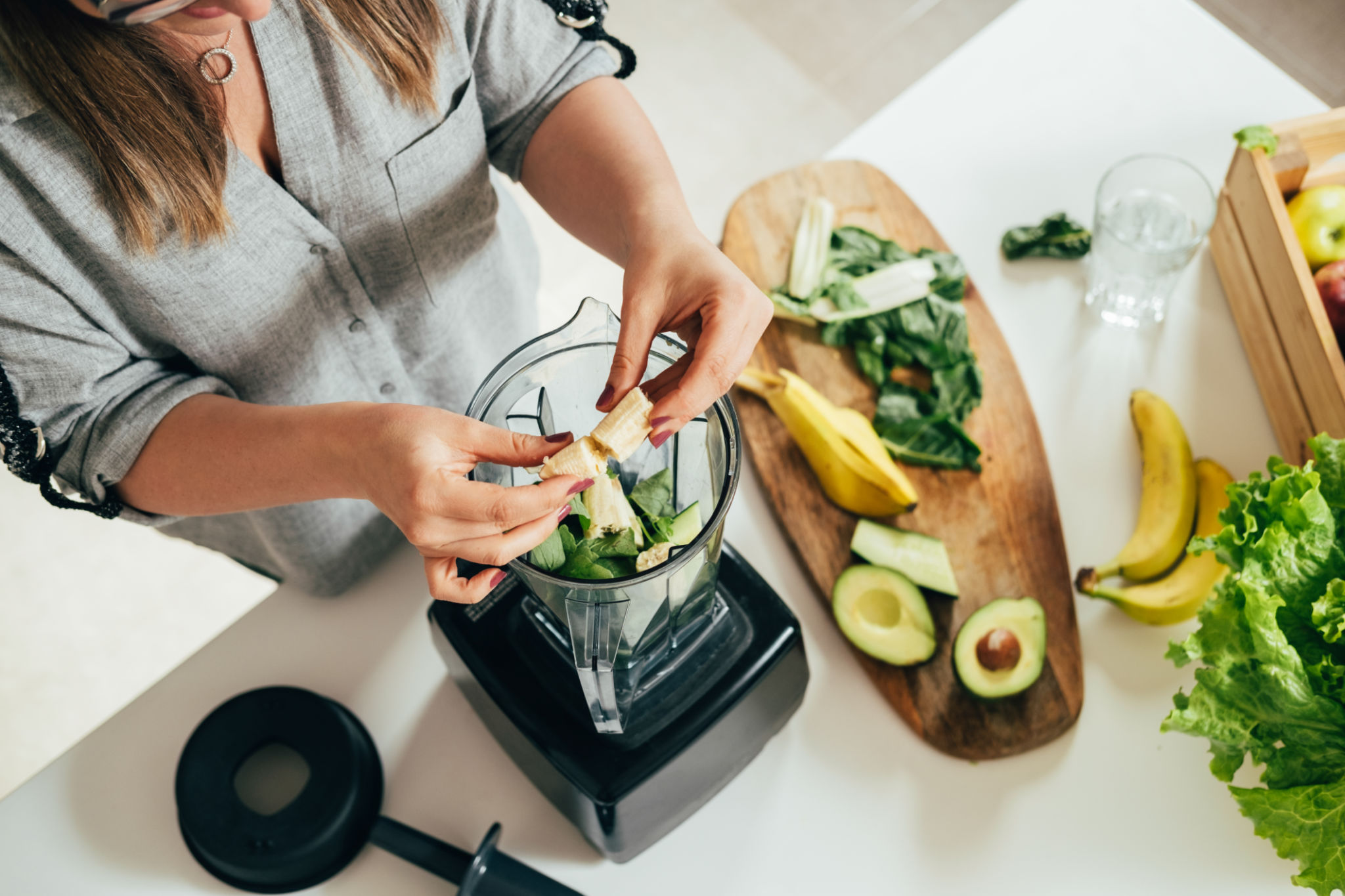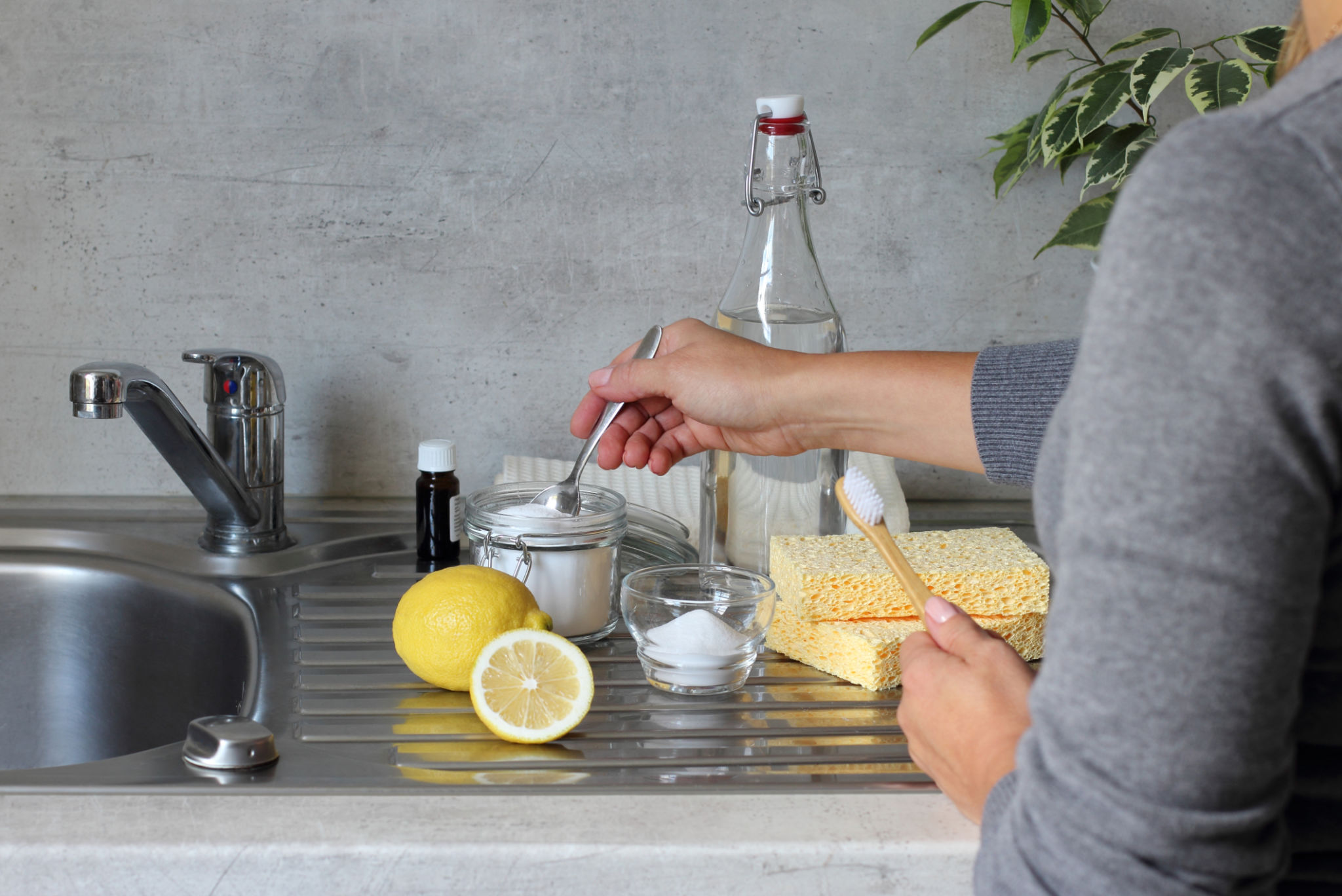How to Detox Your Kitchen: A Step-by-Step Approach to Natural Cleanliness
In today's world, we're becoming increasingly aware of the chemicals and toxins present in our everyday environment. One of the most critical places to start a detox is your kitchen. By transforming this essential space into a haven of natural cleanliness, you can improve your health and well-being.
Why Detox Your Kitchen?
Your kitchen is the heart of your home, where meals are prepared and family gatherings occur. However, it can also harbor harmful substances that can affect your health. From cleaning products to cookware, many items in your kitchen can release toxins. Detoxifying your kitchen means reducing or eliminating these harmful substances, creating a healthier environment for you and your loved ones.

Assess Your Kitchen Supplies
The first step in detoxing your kitchen is to assess what you already have. This involves evaluating your pantry, cleaning supplies, and cookware to identify potential sources of toxins. Look for items that contain artificial additives, preservatives, and chemicals.
Review Your Pantry
Examine the ingredients in your pantry. Processed foods often contain additives and preservatives that can be harmful over time. Consider replacing these with organic or whole food alternatives. Focus on fresh fruits, vegetables, whole grains, and organic proteins.
Check Cleaning Products
Many conventional cleaning products contain harsh chemicals that can linger in the air and on surfaces. Opt for natural cleaning solutions that use ingredients like vinegar, baking soda, and essential oils. These can be just as effective without the toxic side effects.

Upgrade Your Cookware
Your cookware plays a vital role in kitchen detoxification. Non-stick cookware often contains polytetrafluoroethylene (PTFE) or perfluorooctanoic acid (PFOA), which can release toxic fumes when heated. Consider investing in stainless steel, cast iron, or ceramic options that are safer for cooking.
Consider Storage Options
Plastic containers can leach chemicals into food, especially when heated. Switch to glass or stainless steel storage options to ensure your food stays free from unwanted toxins. Additionally, avoid plastic wrap and consider alternatives like beeswax wraps or reusable silicone covers.

Implement Sustainable Practices
As you detox your kitchen, it's essential to adopt sustainable habits that will maintain its cleanliness in the long run. Implement a regular cleaning schedule using natural products and practice mindful consumption by planning meals to reduce waste.
- Compost food scraps to minimize waste.
- Buy in bulk to reduce packaging waste.
- Choose reusable cloths instead of paper towels.
By following these steps, you can create a healthier, more sustainable kitchen environment. Remember that detoxing your kitchen is not just a one-time project but an ongoing commitment to natural living.
